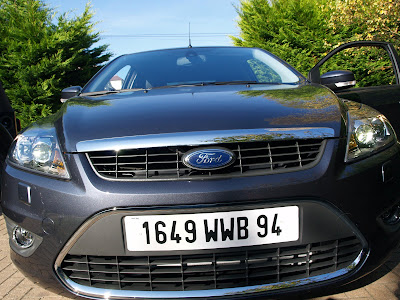Hello everyone,
Over the last weeks, we developed our concept and designs in such a way that we have a clear idea about how we want the car to look like while having a solid backup story. It is time to move to the second step of the process: refining external design.
STEP2: RIVER CLAY MODELING / FORM STUDYThe second step is the creation of a clay model. This model will not be the final model (Thank God!) as we have to refine the looks of the car as we will be able to visualize the car. There is a tremendous difference between 2d/3d drawings and a 'real' model. This is done with (free) river clay.
The advantage of this stage is the possibility of making a series of small models in which you can open the design possibilities through a variety of 'form-studies'.
The disadvantage of using river clay is that it dries, having as consequence the shrinking of your model. During the drying process, cracks may form on your model....even imploding it! The use of alternative clays (Plasticine) greatly compensates these negative effects.
Our professor also introduced the use of Wax to us. These two different alternatives seem to be very interesting as your design doesnot shrink, implode, dry out, etc. The disadvantage is the price tag! This means that you have to create a model, take pictures of it and destroy it for a future model.
Well, here are my 2 different models (till now):
You will notice that the first version is too much of an aircraft...while the second one is much more car-like. However, you will notice that there is a problem with the proportions. This is fine as this is the form-study.
First Model: (notice only one part modeled)



Definitely looks too much plane in this car!
Second model:




Definitely much better! Symmetry is a tricky one. Fortunately this is not the real model!
TIP: for cutting away areas:
Let the model dry for one night! It's much easier to cut (or remove) when the clay is harder. You'll be able to get more detail in while having a cleaner cut!
For the German police car, it will be moving towards this direction:

See you next week for some more progress (and the rest of the remaining lengthy process of making a 1:5 clay model!)
Cheers,
Michiel































